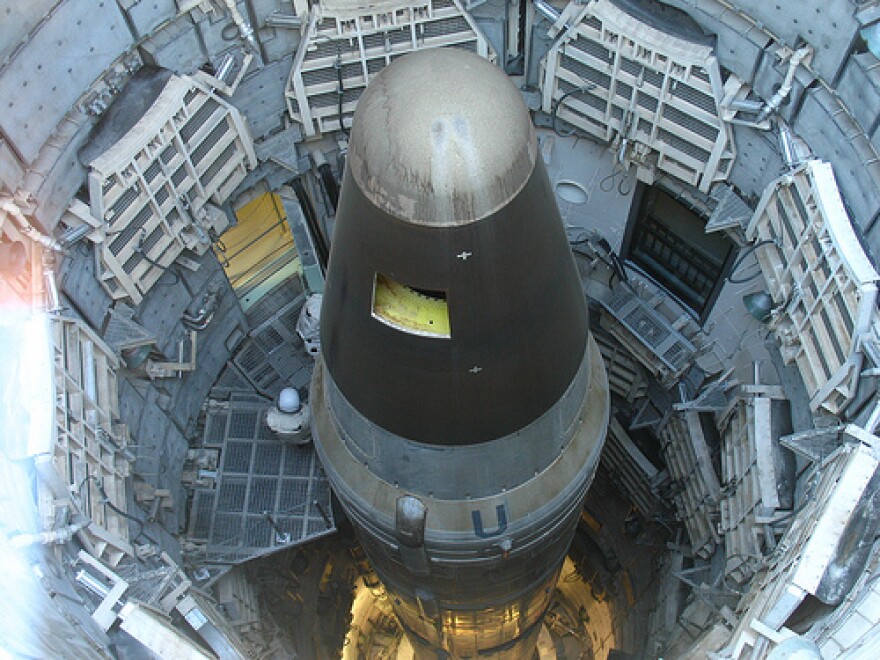Upstate company ITT Exelis has been given a $2 million optics polishing machine that generates industrial lenses with virtually no imperfections.
“It is so precise that it removes virtually any kind of impurities or imperfections in the glass that could cause that glass to be destroyed when you hit the glass with a high energy laser,” says Dan Adams, Director of precision optics at Exelis in Rochester.
The technology, known as a Magnetorheological Finishing or MRF machine, has applications in the testing of nuclear weapons and research into future sources of energy.
Adams says the lenses finished in the machine are currently being used in laser research into the ultimate renewable energy: nuclear fusion power.
He says the lenses contribute to research advancing toward the holy grail of renewable power.
“The grand goal of the future is to be able to have, instead of nuclear fission power plants we would have something called nuclear fusion power. In other words it’s the power of the sun right here on earth.”
But viable nuclear fusion remains decades away.
In the meantime laser fusion research labs are using the high-precision optics to maintain the nation’s stockpile of nuclear weapons.
With the banning of atmospheric nuclear testing 60 years ago, Adams says regular simulations need to be run to monitor the status of nuclear warheads.
“These tests are used to verify that the stockpiles are still good. And so that’s another application for these laser fusion research facilities.”
The MRF machine was purchased for Exelis by the University of Rochester, and many of the lenses it makes will be going back to the school’s Laboratory for Laser Energetics.
Adams says this cutting edge optics technology allows Exelis and western New York to be in on the ground floor of nuclear fusion energy development.




